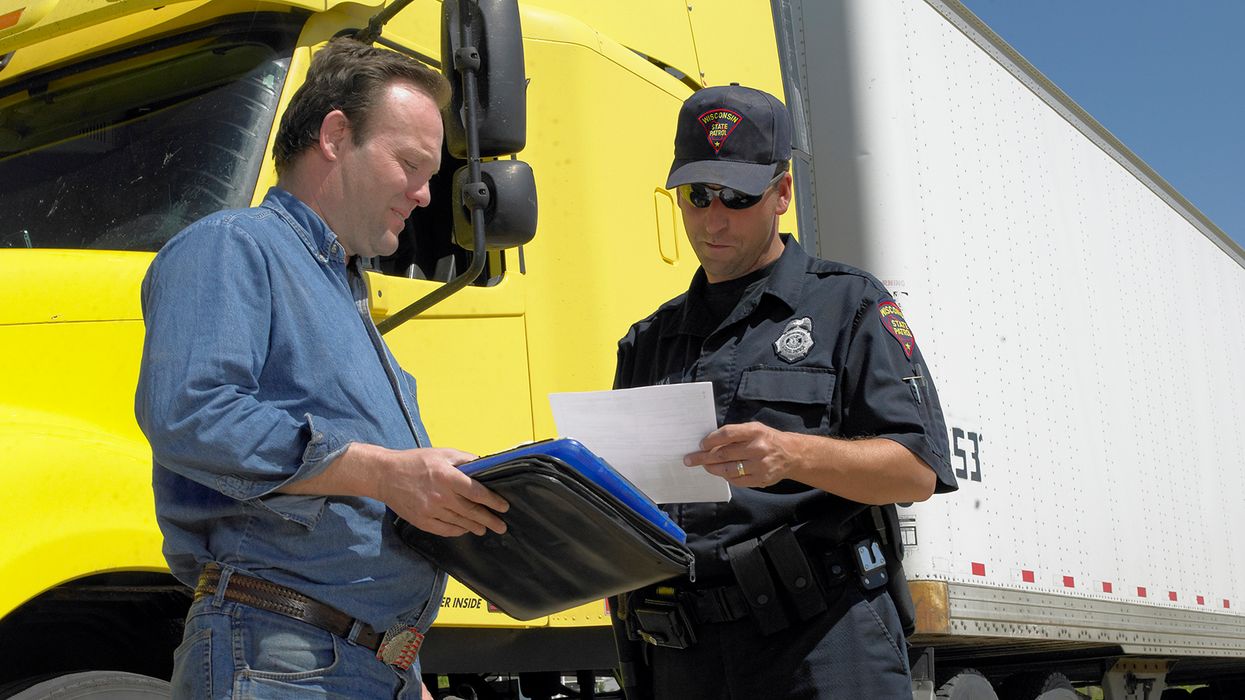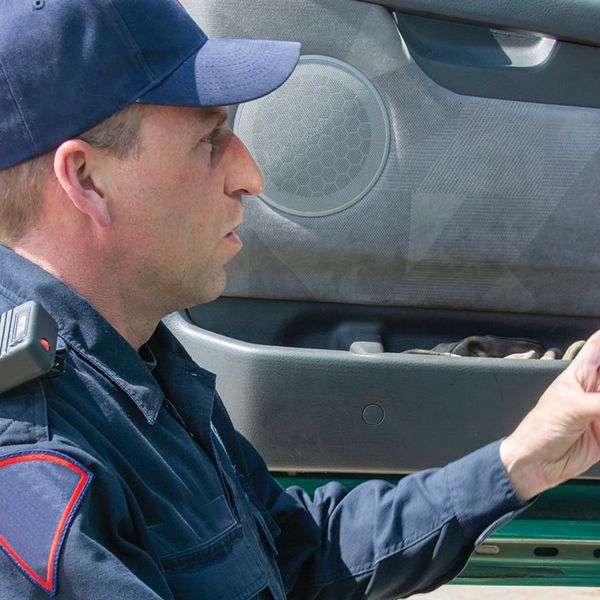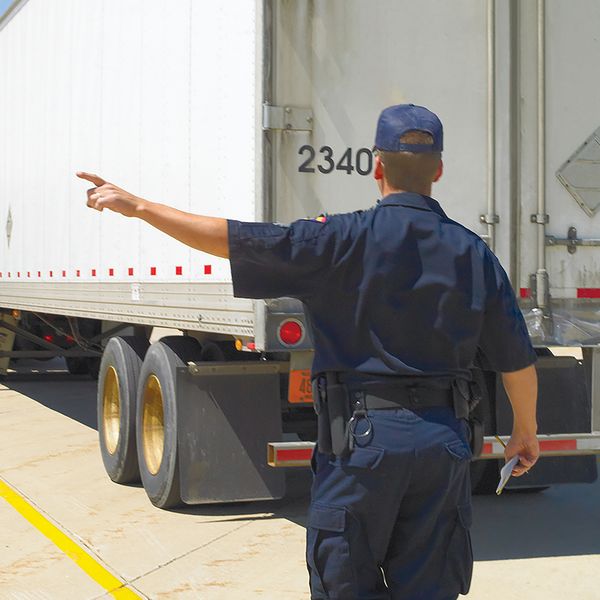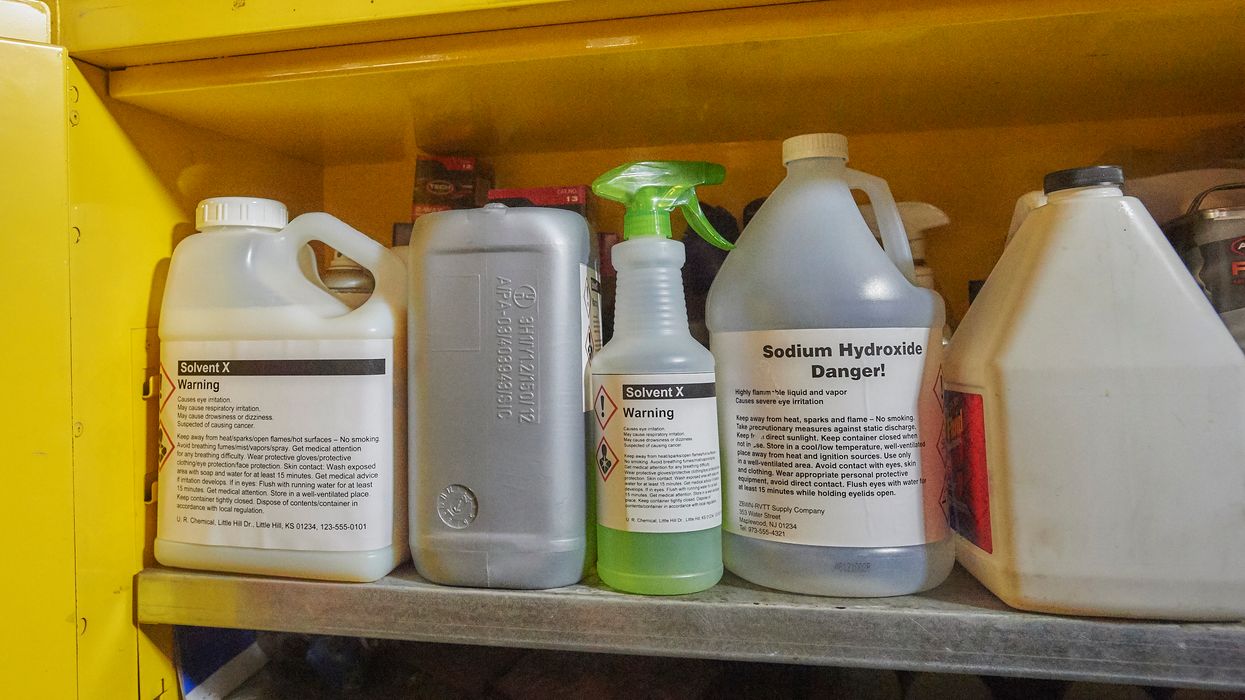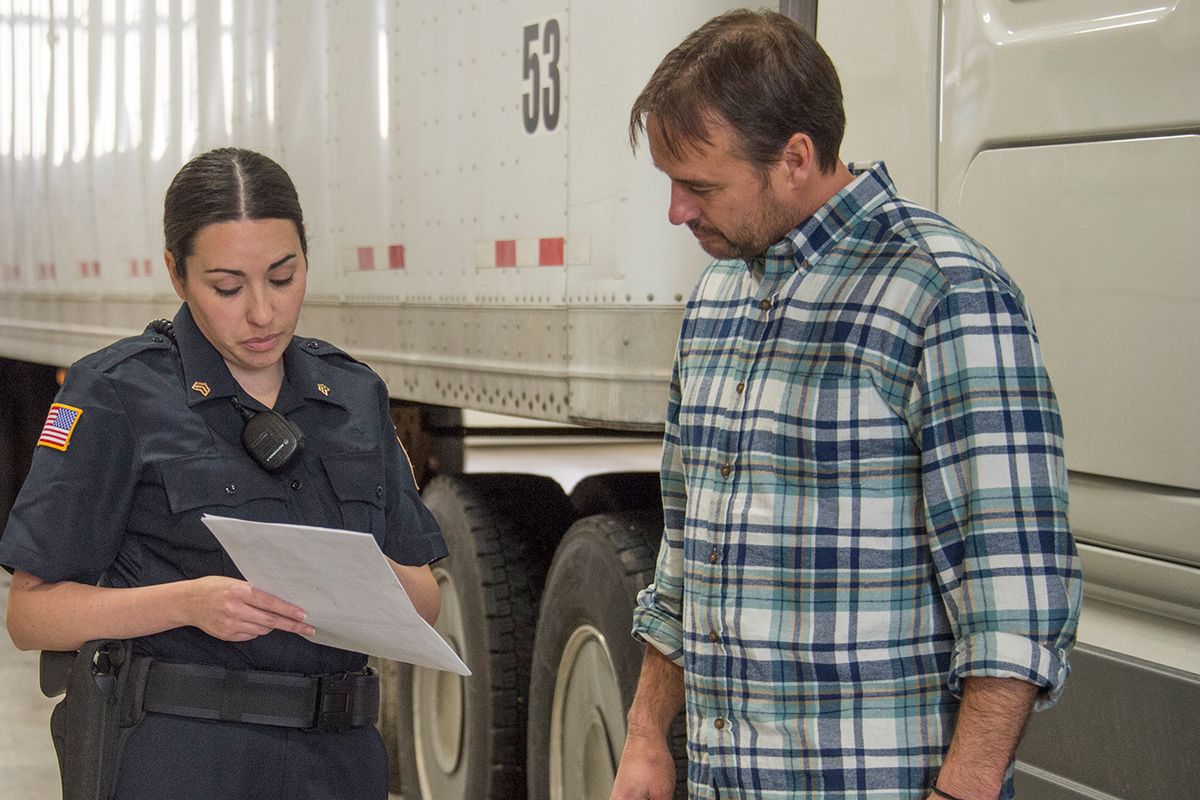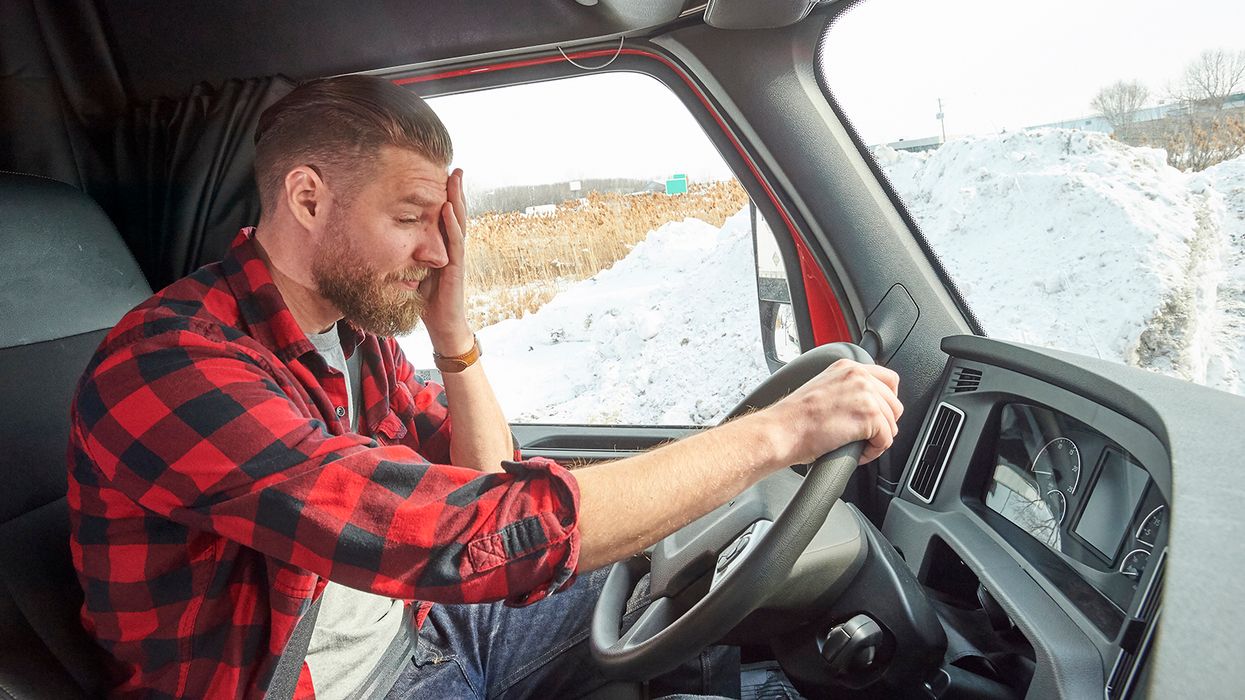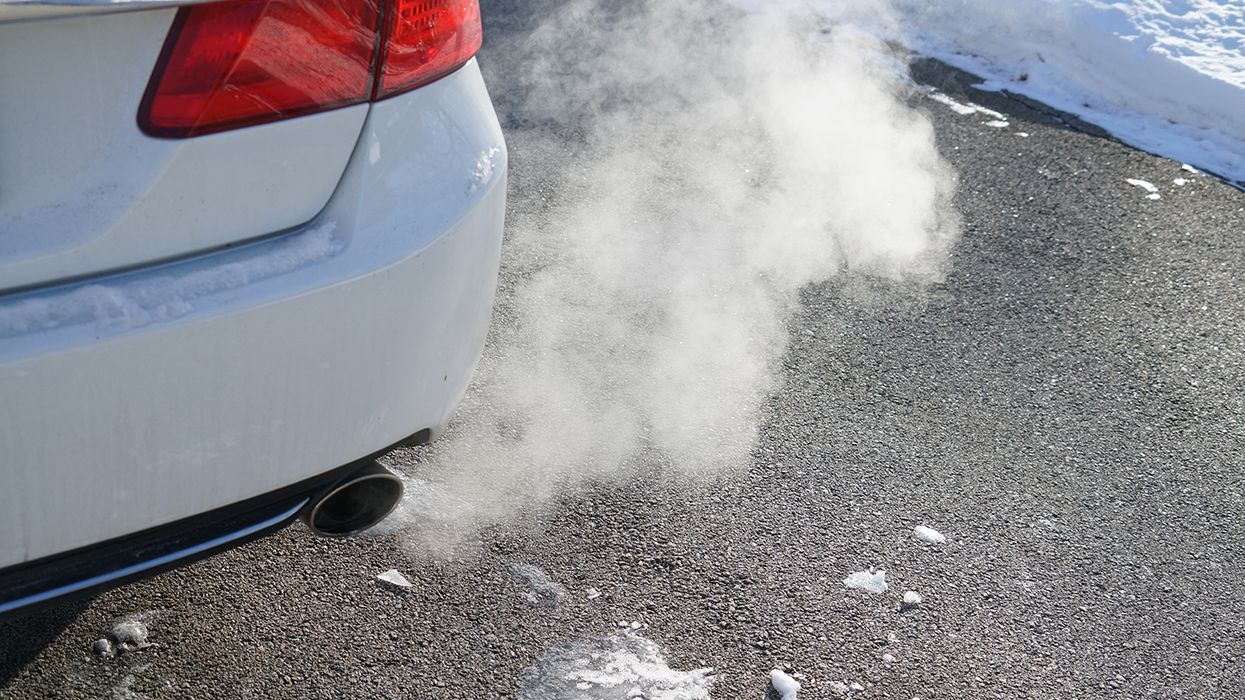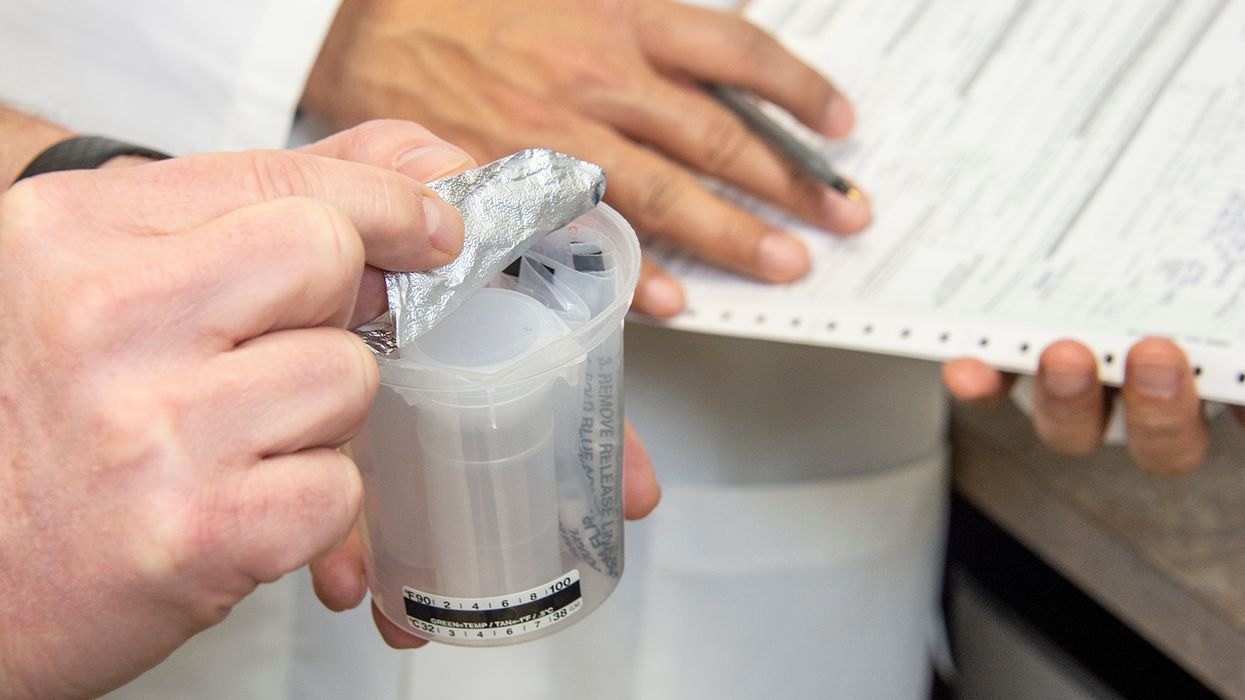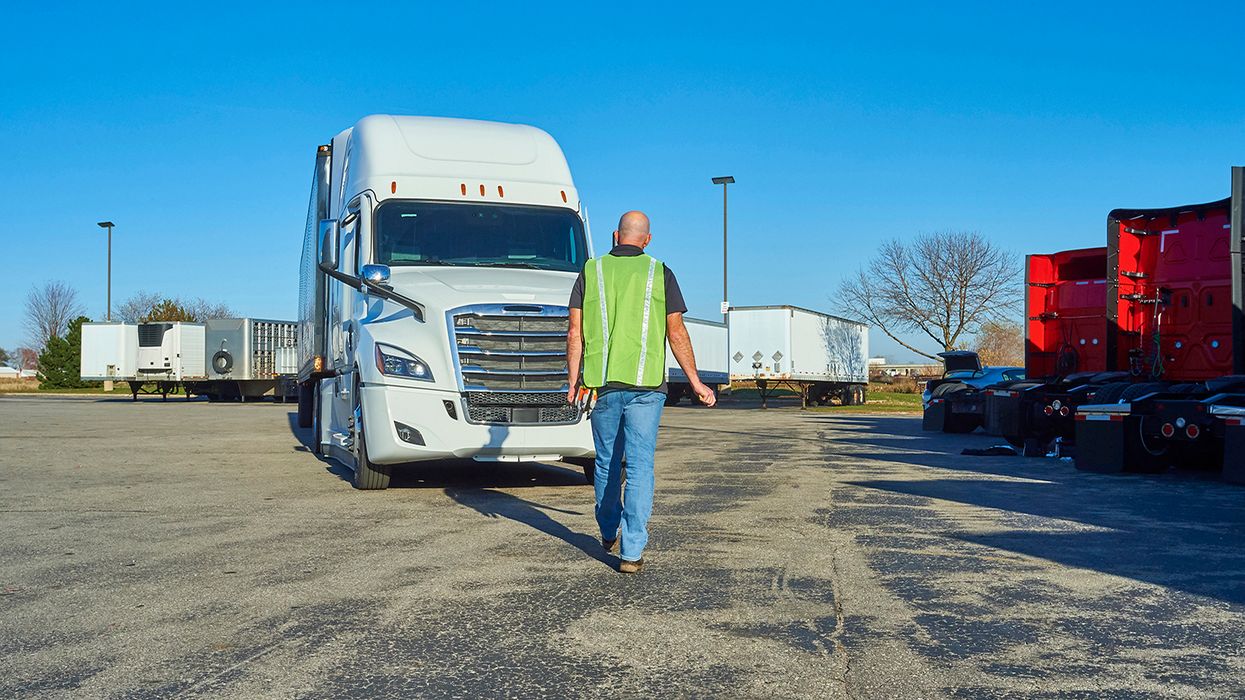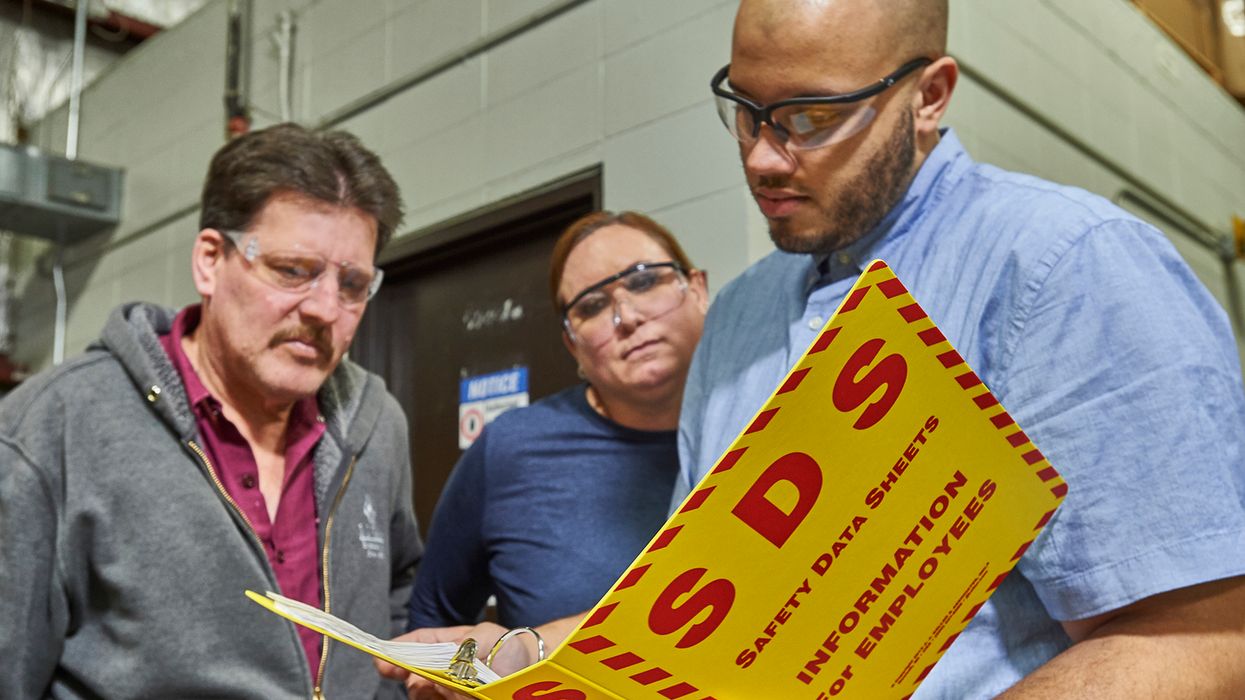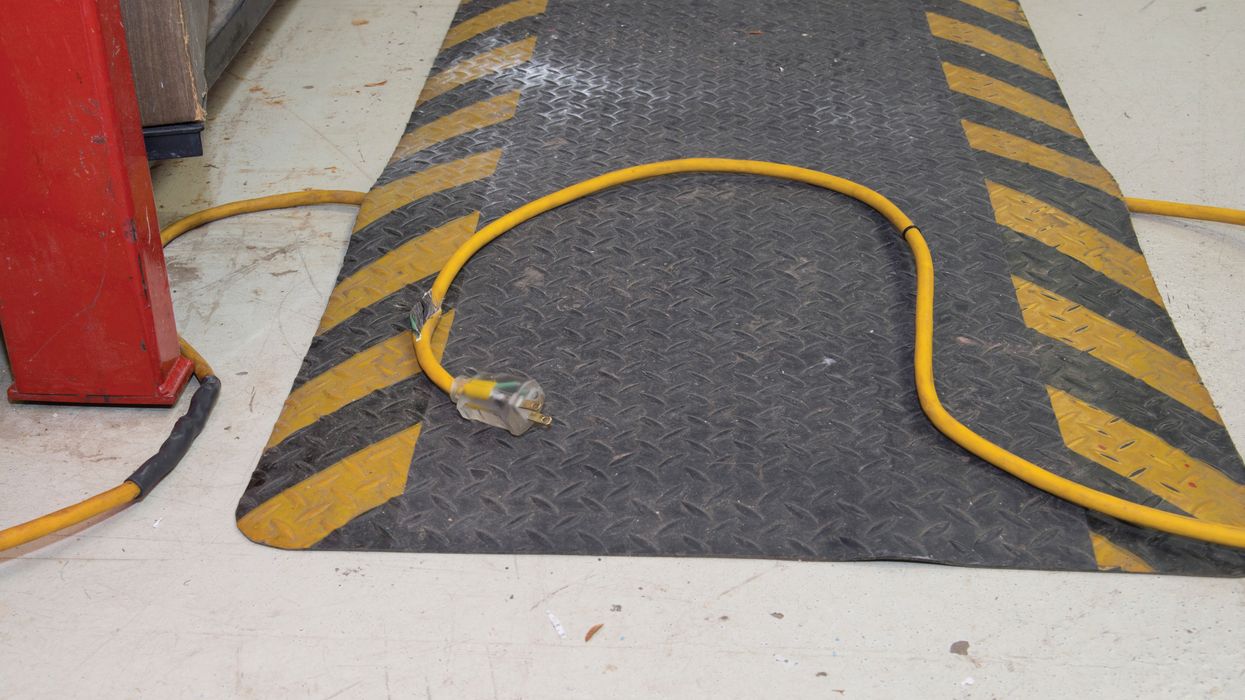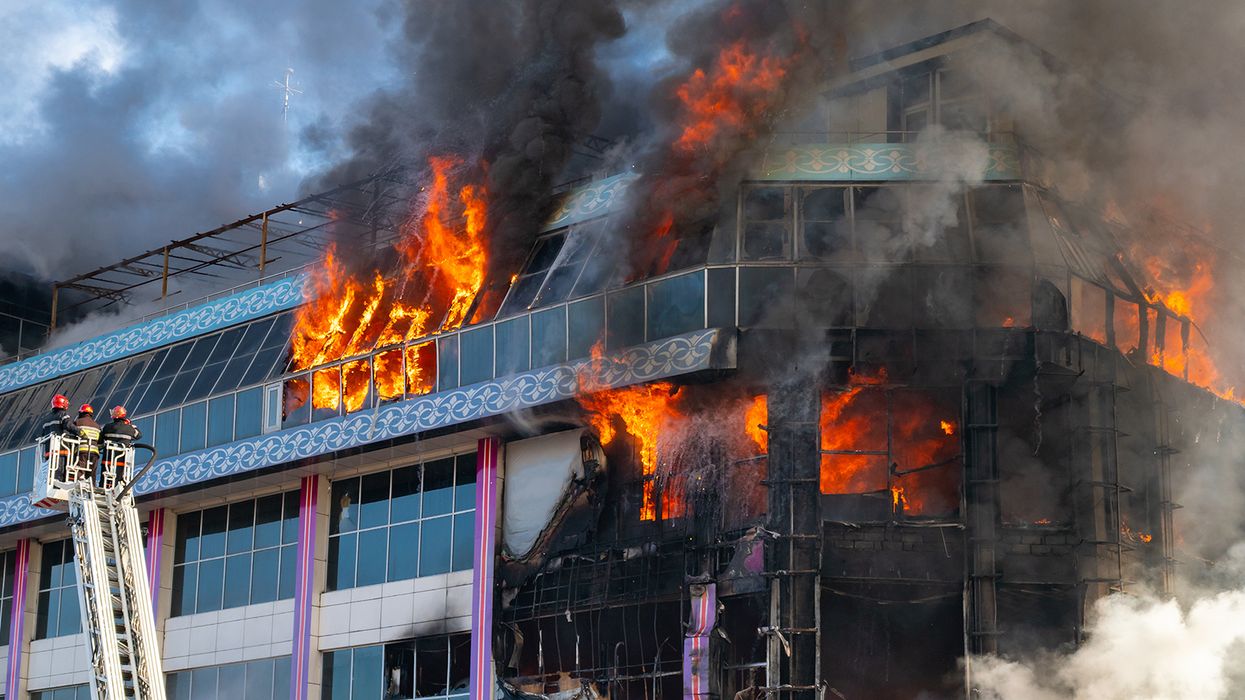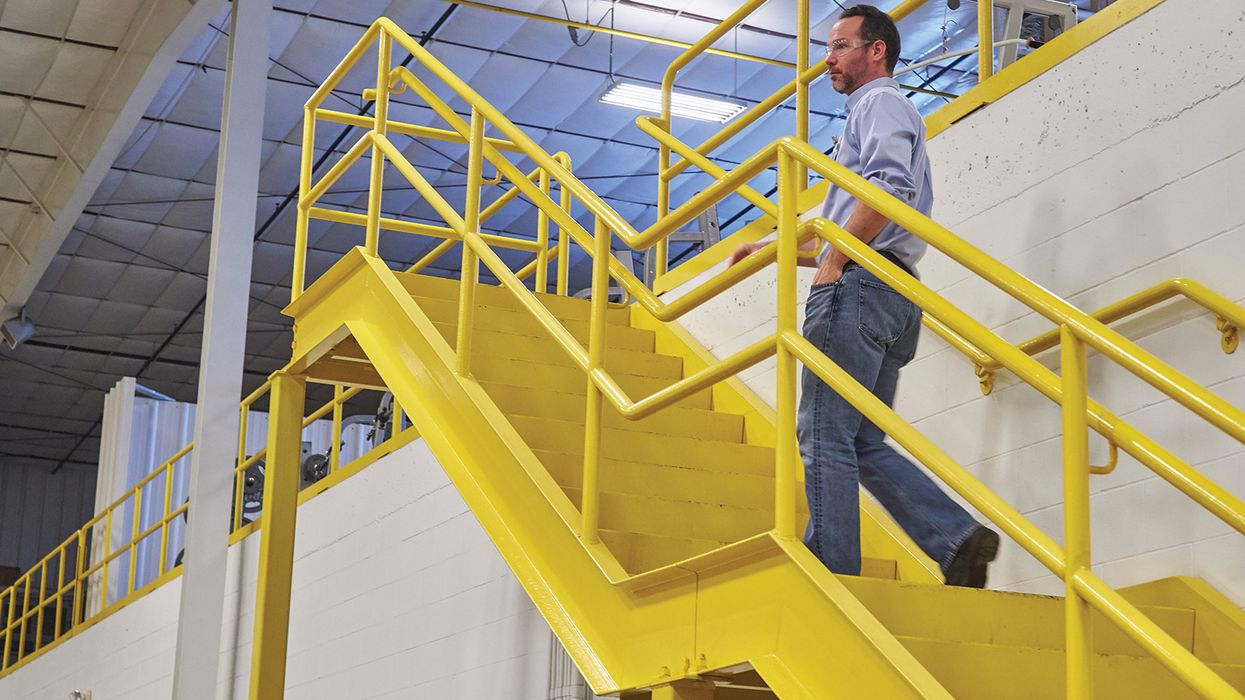How to avoid violations that place drivers out of service
The process is straight forward. During a roadside inspection, an officer will verify compliance with safety regulations. If a driver violation is found, the officer will document it on the inspection report. The officer will then compare the situation surrounding the violation to the North American Standard Out-of-Service Criteria, published by the Commercial Vehicle Safety Alliance (CVSA). If the situation matches the criteria, the driver (or vehicle) will be placed out of service.
Here are the violations that could result in the driver being placed out of service:
- Operating in interstate commerce when under 21 years old (391.11(b)(1))
- Inadequate English language skills (391.11(b)(2))
- Not having the correct license for the vehicle being operated (391.11(b)(5) for drivers of non-CDL vehicles, and 383.23(a)(2) if operating a CDL-required vehicle)
- Operating in violation of endorsements or restrictions (391.11(b)(5) for drivers of non-CDL vehicles, and 383.23(a)(2) if operating a CDL-required vehicle)
- No accompanying CDL driver or violating other terms of a commercial learner’s permit (383.25))
- Operating without proof of valid medical certification — a valid medical card for a non-CDL driver and proof of medical qualifications on the motor vehicle report for a CDL driver — or not meeting the terms of a medical variance (391.41)
- Not using corrective lenses when required on the medical card (391.11(b)(4))
- Operating when ill or fatigued (392.3)
- Operating when under the influence of or in possession of drugs or alcohol (392.4 and 392.5)
- Operating when listed as prohibited in the Drug and Alcohol Clearinghouse (392.15)
- No records of duty status for the current and previous seven days when required (395.8)
- Operating when in excess of an hours-of-service limit (395.3 or 395.5)
- Operating with a false log when the falsification has occurred since the last verified mandatory break or when a past falsification, when corrected, puts the driver over a limit (395.8)
The reason the driver is placed out of service for these violations is that the driver is considered an imminent hazard.
Preventing these violations
Here is a list of activities that can prevent these violations:
- Have an effective screening program to make sure you are only hiring qualified drivers (see 391.11) and have a qualifications system in place that makes sure your current drivers remain qualified (always have a valid license and medical).
- Have your dispatch process connected to your qualifications process, so everyone knows what vehicles each driver is qualified to operate and if a driver loses a qualification.
- Immediately remove drivers from driving who have become unqualified (lost their license, lost their medical qualification, failed or refused a drug and alcohol test) or who are listed as prohibited in the Drug and Alcohol Clearinghouse.
- Train your drivers using classroom training and mock roadside inspections to always have their credential current and with them.
- Train your drivers, dispatchers, and supervisors that drivers are not allowed to operate when ill, fatigued, under the influence of anything, or when out of hours.
- Continually remind your drivers they cannot have illegal drugs or alcohol in the cab of the vehicle and have a reasonable suspicion process that puts qualified supervisors in contact with drivers, so they can verify drivers are not under the influence.
- Factor the hours-of-service limits into driver assignments and hold dispatchers and supervisors responsible for hours-of-service violations committed by their drivers.
- Train your drivers, dispatchers, and supervisors on the hours of service and records of duty status requirement.
- Audit drivers’ logs and take corrective action when a violation is discovered.
Key to remember: By having practices, systems, policies, and training in place, you can prevent most of the driver out-of-service violations.

